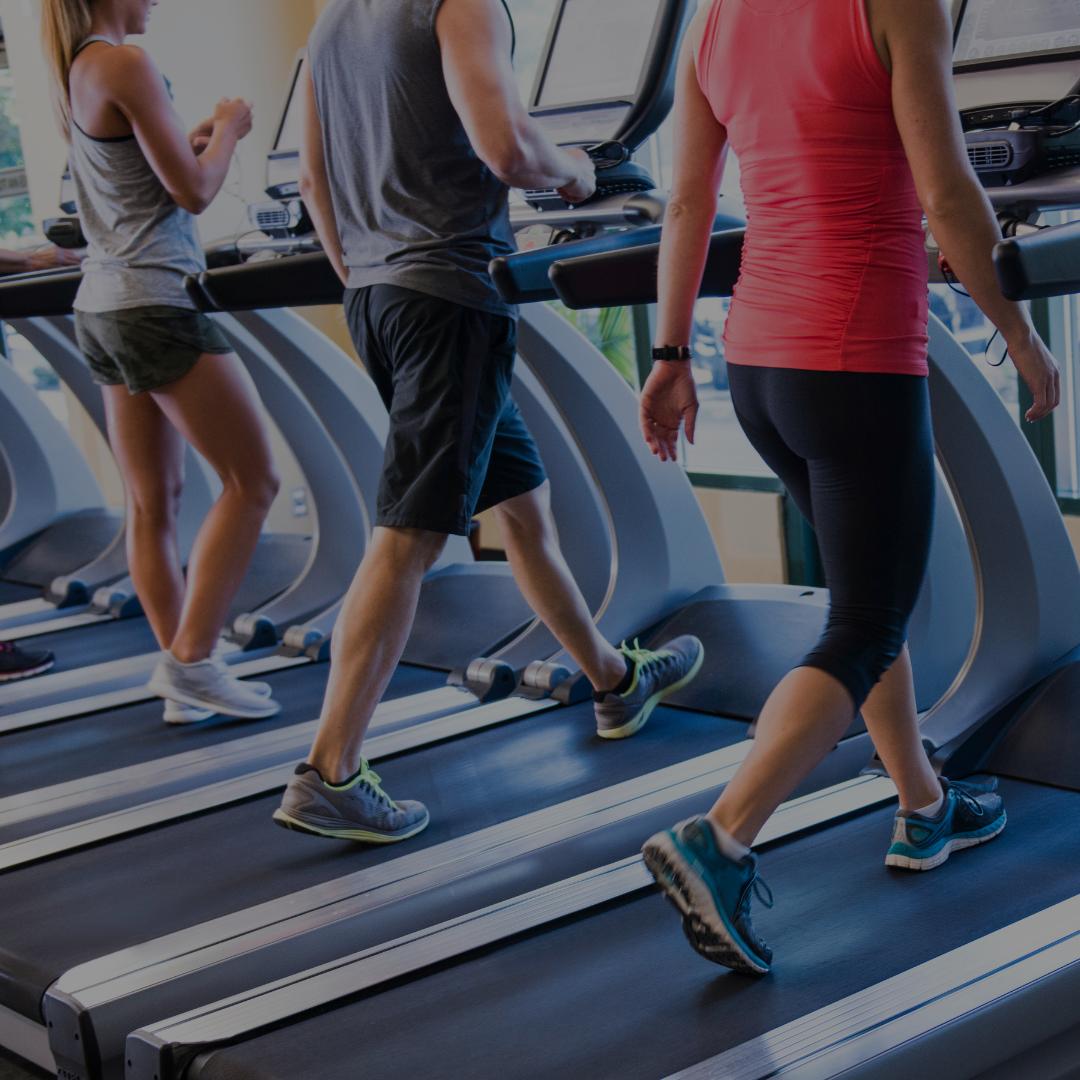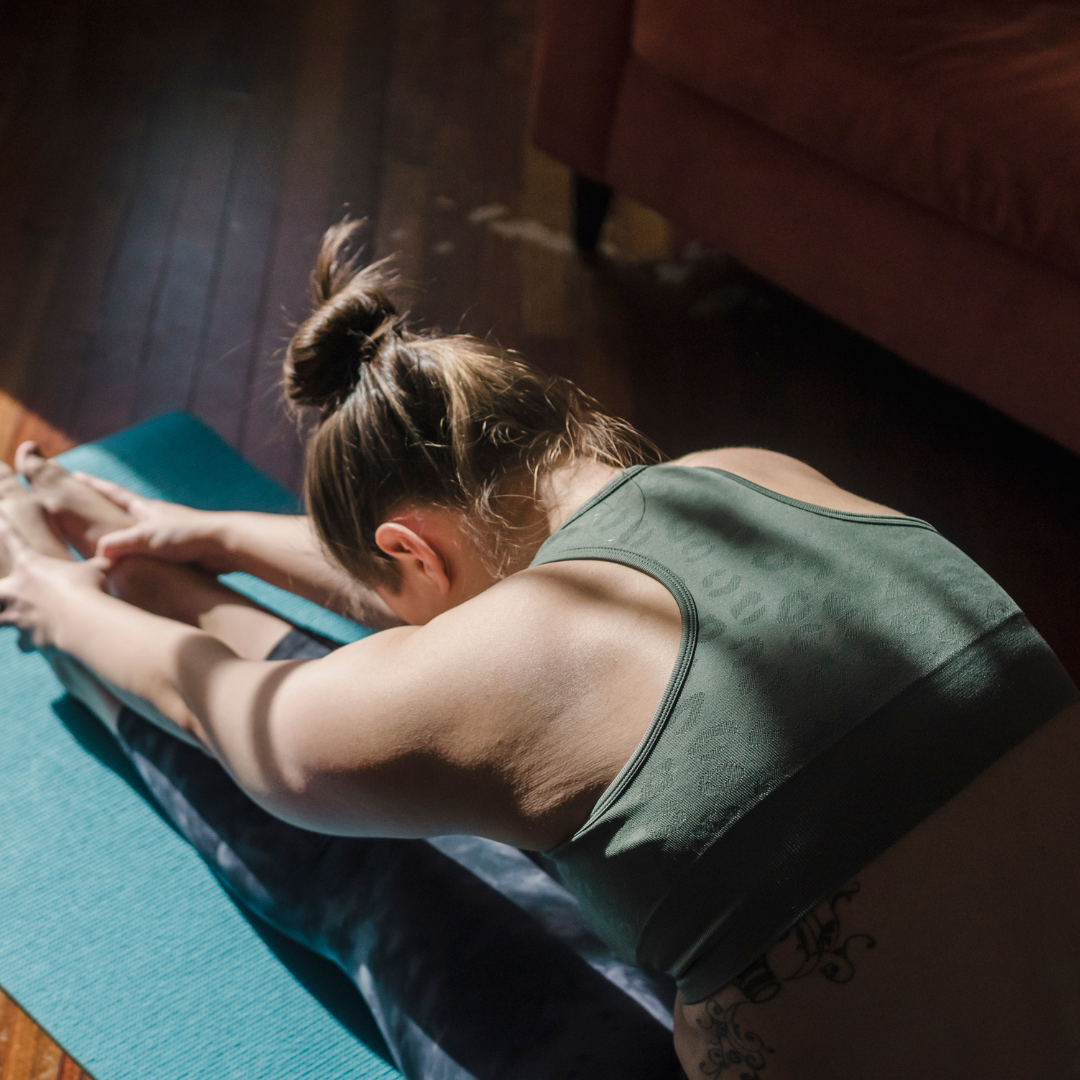Why Exercise Is a Powerful Tool for Mental Health
When it comes to depression and anxiety, movement is more than just physical—it’s medicine for your mind. Research shows that regular exercise can reduce symptoms of depression and anxiety by:
-
Boosting endorphins and serotonin (the “feel-good” brain chemicals).
-
Lowering cortisol, your stress hormone.
-
Improving sleep quality, which directly impacts mood.
-
Building a sense of routine and control, which is crucial for managing symptoms.
According to the Anxiety & Depression Association of America, just 30 minutes of exercise three to five times a week can significantly improve mental health.
The Best Types of Exercise for Depression and Anxiety
-
Cardio (Aerobic Exercise)Walking, cycling, or jogging can release endorphins and improve mood almost immediately.
-
Strength TrainingLifting weights or bodyweight exercises can build resilience and improve self-esteem.
-
Yoga & Mind-Body PracticesYoga, tai chi, and Pilates blend movement with mindfulness, helping reduce anxious thoughts.
-
Mindful Movement & StretchingGentle stretching or mobility flows help calm the nervous system.
4-Day Workout Plan to Improve Mental Health
Day 1 – Mood Boosting Cardio (30–40 min)
-
5 min warm-up walk
-
20–25 min brisk walking, light jog, or cycling
-
5 min cool-down walk
-
5 min deep breathing or light stretching
Day 2 – Strength & Stability (30 min)
-
Bodyweight Squats – 3 sets of 10 reps
-
Wall Push-Ups – 3 sets of 10 reps
-
Glute Bridges – 3 sets of 12 reps
-
Dumbbell or Water Bottle Rows – 3 sets of 10 reps
-
Plank Hold – 3 × 20 sec
End with 2 minutes of slow breathing, lying on your back.
Day 3 – Yoga for Calmness (20–25 min)
-
Cat-Cow Stretch – 5 reps
-
Child’s Pose with Deep Breathing – 60 sec
-
Downward Dog – hold 30 sec
-
Low Lunge with Side Stretch – 30 sec per side
-
Seated Forward Fold – 45 sec
-
Supine Spinal Twist – 30 sec each side
-
Savasana (lying meditation) – 2–3 minutes
Day 4 – Outdoor Mindful Movement (30 min)
-
Go for a walk in nature without headphones.
-
Focus on your senses: what you see, hear, and feel.
-
Walk at a comfortable pace for 20–25 minutes.
-
Finish with light stretching and gratitude journaling.
Tips for Success
-
Consistency matters more than intensity—small daily movement adds up.
-
Pair workouts with breathing exercises or meditation for extra calm.
-
Exercise with a friend or group to add social connection, a huge factor for mental health.
-
Track progress in a journal—celebrating small wins boosts motivation.
Helpful Resources
-
Anxiety & Depression Association of America – Exercise for Stress and Anxiety
-
National Institute of Mental Health – Coping with Stress
Closing Thoughts
Exercise won’t replace therapy or medication, but it’s one of the most accessible, proven ways to ease depression and anxiety. By combining cardio, strength, and mindful movement, you’ll create a routine that not only strengthens your body but also reshapes your mindset and emotional health.
Share


